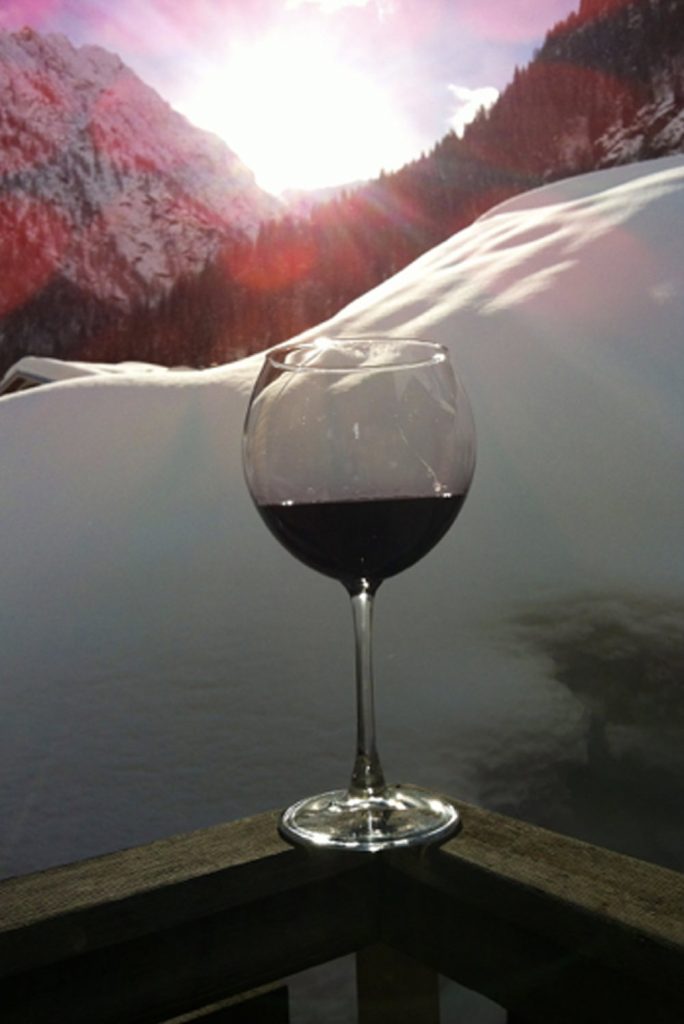History
According to the Old Testament, after the flood, Noah planted vines. Jesus’ first miracle is to turn water into wine at the wedding in Cana. Widely used in Pagan and Christian rituals, wine became one of those products that were shipped throughout Europe. There was a flourishing trade between the North and the South: merchants acquired salt and dried cod to allow people, who lived far from the sea, to observe the Christian obligation of not eating anything meaty on Fridays, which meant eating fish. They brought it South, where they bought wine, which was indispensable during the daily ritual of mass – but of course not only then. Wine became part of Europe’s consumer habits. When Europeans explored the world wine became widespread. Port, Madeira, Sherry, Marsala were wines with finished fermentation that could be transported without changing their essence. Wine became one of the main drivers of global commerce, not in the same same volume as coffee, spices, sugar, tea, tobacco, cotton and slaves, but never far behind.
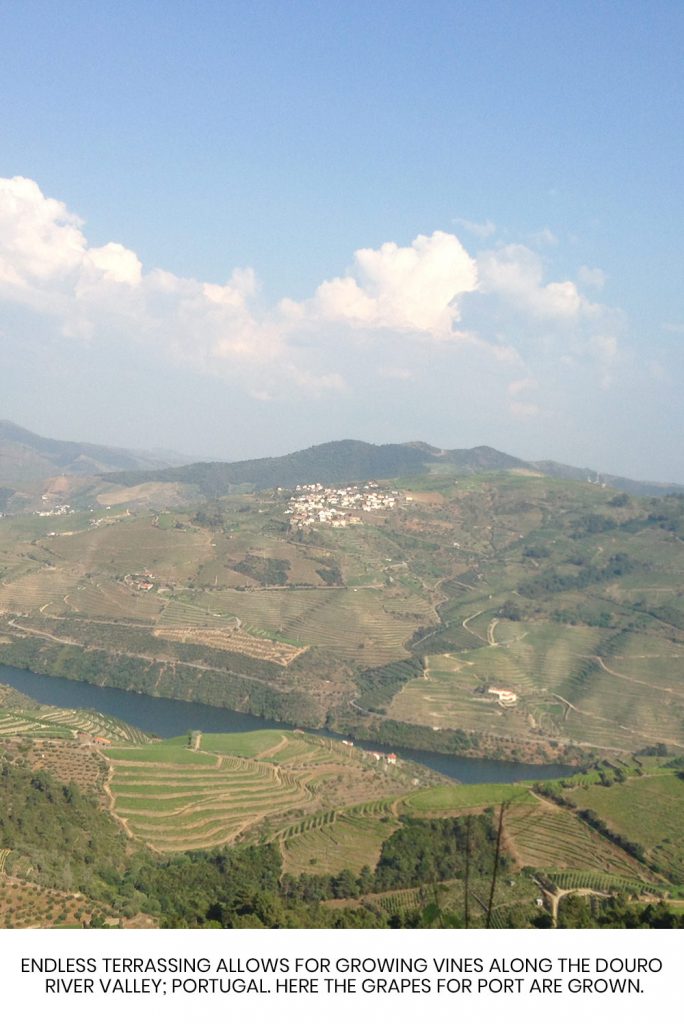
A global product
Why is wine so well travelled? Why is it possible in today’s globalised world, as well as a hundred years ago, to purchase wine from any continent (excluding Antarctica for obvious reasons)? Religion and politics play a major role in the habit of drinking or not drinking wine. The Roman legions planted vineyards in the lands they conquered, for own consumption and to “befriend” the local populations while delivering a clear message: we are here to stay with our lifestyle! Since ancient times, wine was a trigger for joy and fun, and closely connected with religious ceremonies and festivals. When Christianity became the state religion of the Roman empire, the ritual use of wine became mandatory and wine was traded on a large scale also in countries, where vines did not yield enough grapes to produce acceptable wine. In the Middle Ages, when monks held knowledge and monasteries were centres for research, vines were selected, cultivated and raised to make great wines. Wine is also an important source of nutrition, supplementing poor diets with its contents of polyphenols, sugars and vitamins. In places where water was often contaminated and causing dysentery, drinking wine (or beer) was a safe option. And, of course, there is the “pleasure-factor” – the enjoyment that wine can give. This is of course highly subjective, and each person has his own taste.
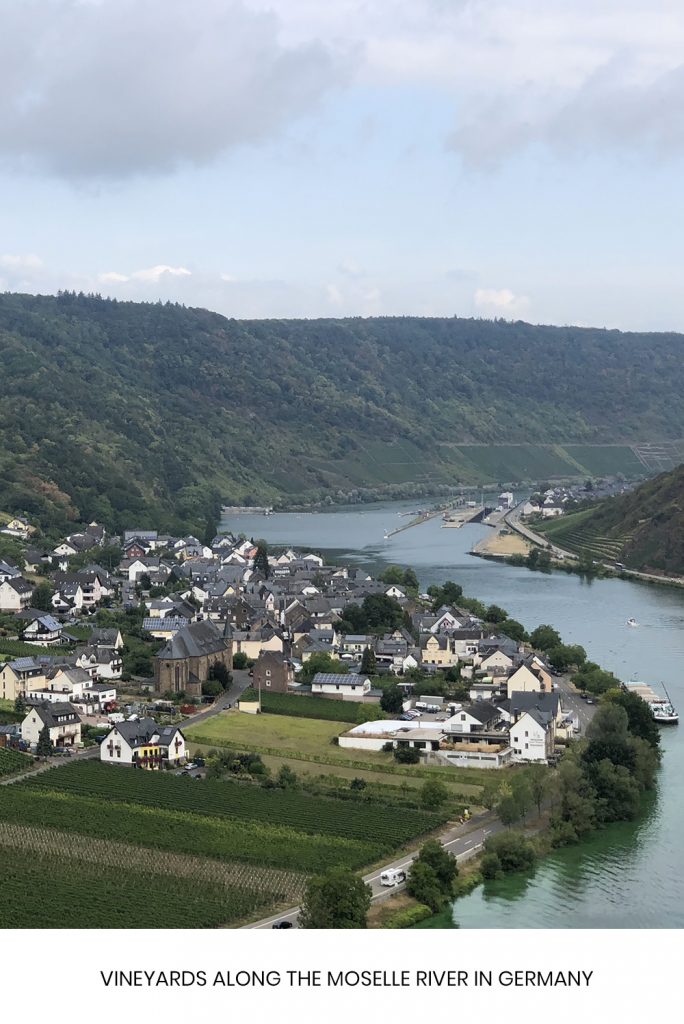
Back to winemaking
“High quality” grapes do not automatically mean “good” wines. The grape varieties must be right for making wine and it needs the capable hands of winemakers to turn grapes into good wine. In our view, vineyards must be treated with respect for the good balance of the vines and by stimulating their health. Vineyards should be grown where the best conditions for quality, not quantity, are met. Sub-optimal locations should be avoided. In our days of mass-production, this is very rare. An industry has developed, and like all industries its competitive advantage derives from reducing unit cost rather than enhancing quality. Vines cover the bottom of valleys, where other crops once thrived. Monoculture, as is widely documented, is neither good for the land nor the vines, and not sustainable for the territory as a whole. Not only is the overall quality of the grapes compromised (but hey, it can be pimped with chemicals), excessive monoculture of the vine results in an increase of infestations and diseases, which in turn are fought with exaggerated use of synthetic chemicals. Does it not seem obvious that natural treatment should be given to the plants and soil, and only when necessary, not pre-emptively? If this is done correctly, rich and healthy grapes will be harvested and good wines will be made, without the need of additional chemical ingredients and manipulations. It is healthier, more sustainable, and more authentic.
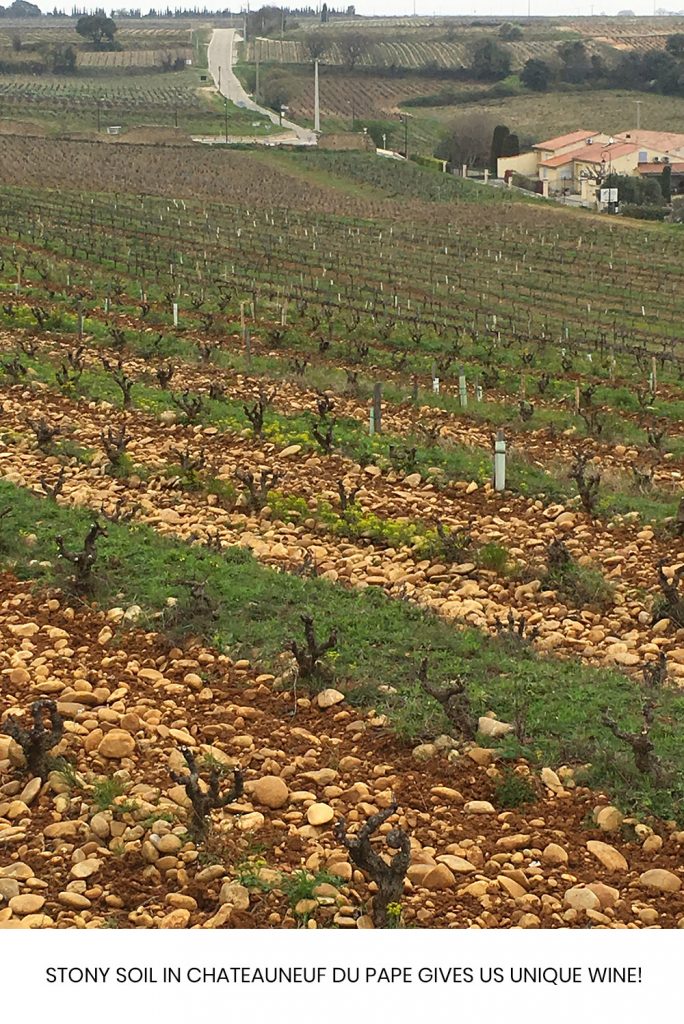
Why are some wines more famous and considered better than others? In principle, it is for a simple and basic reason: wine is made from grapes, and the composition of the soil and climatic conditions determines whether in a certain area vines yield better grapes for winemaking than others. This principle applies to large regions (e.g. Piemonte or Bordeaux), smaller “territories” within these regions (appellations such as “Langhe”, “Boca” or “Crozes-Hermitage”) and even single parts of a hill or plot of land (the “cru”, e.g. “Romanée-Conti” or “Vigna Cristiana” in Boca). In general, the more precisely the origin of the grapes used for making wine can be traced, the easier it is to assess whether a wine is authentic.
Probably Cabernet Sauvignon and Merlot are the most widespread vines in the world. They are grown from France to New Zealand, from South Africa to Japan. In some areas, such as the North-East of Italy, they have replaced autochthonous grapes. This is because wine is an acquired taste, and many people associate “good wines” with the Bordeaux region (where Cabernet Sauvignon, Cabernet Franc and Merlot rule), and thus winemakers thought it may be a good idea to replicate these successful wines. On top of that, Cabernet Sauvignon and Merlot are strong, easy to grow vines, with a good yield in very different conditions. An additional factor, not to be underestimated, is the know-how in making wine from grapes that has been successful in other regions of the world. Why would one need to experiment, when the recipe for success is known and can be easily replicated?
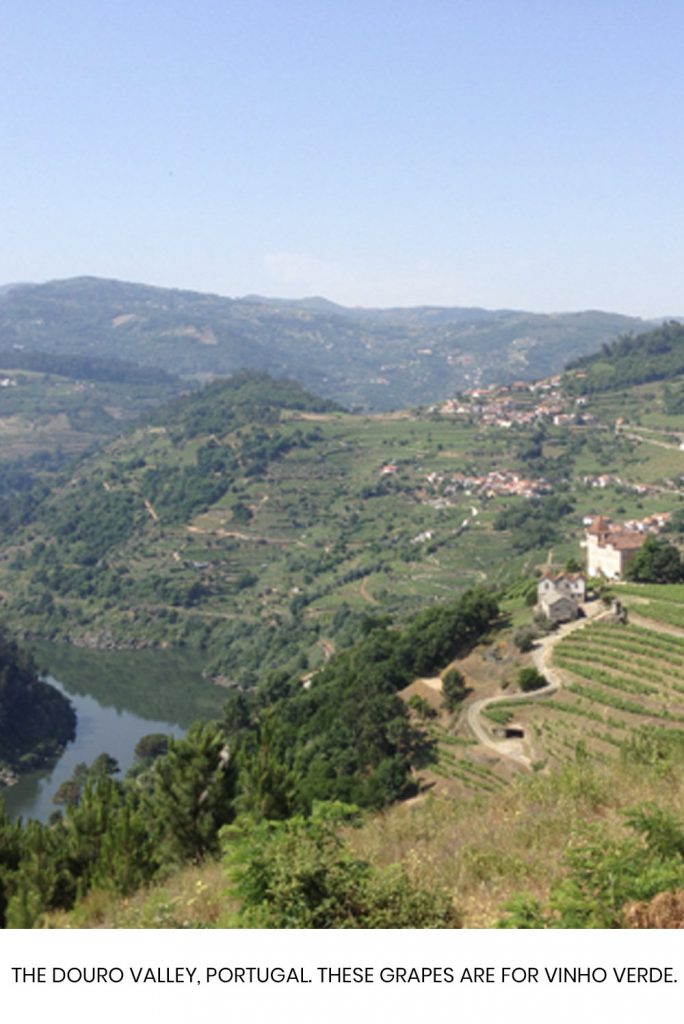
The fundamental principle is that for good wines, you need very good grapes, and for very good grapes, you need to take care of the vineyards. There are numerous ways of defining the concept of taking good care of a vineyard. First, you must establish which kind of vine grows best in the plot of land. White? Red? Both? Which families, which clones? In traditional vine growing areas, this is mainly the fruit of history and tradition. After all, winemaking began at least 6000 years ago! In a world that was not “globalised”, but where trade was regional at best, also the culture of winemaking spread rather slowly. As a result, we have local vines, traditions and winemaking techniques, and consequently local wines. Modern transport gives us access to all this wealth of flavours and traditions… and yet, there is a tendency to standardise winemaking and wines. It is part of human nature to try to simplify things: it is easier to cater for a standard taste among standard consumers and it is easier for consumers to buy standardised products, which are predictable and thus reliable.
This is at odds with what we described above. Over thousands of years, vines were raised, crossed, adapted to diverse conditions and wine was made with “techniques”, which were diverse in each single step… so what were the factors that established a need for standardisation? First, mother nature. She can determine the quality of grapes through the weather, or by sending plagues and parasites. Wines that are made from grapes alone, without the use of chemicals, are different from vintage to vintage. One year is very rainy, the next is very dry. The quantity and quality of grapes change accordingly, and so the quantity and quality of the wine. It is not easy to sell wine that does not offer a consistent standard. Consumers want a label to identify a product and a taste. They do not want a negative surprise because they bought a wine from the “wrong” vintage. This is where know-how and science help. It is possible to “influence” or even “manipulate” the natural fermentation process and offset the negative impact of weather, at least partially. It is possible to help vines be more productive, with fertilisers and by selecting the bunches of grapes one wants to ripen best by eliminating the weaker ones… Is this not what mankind has done since leaving behind its nature of hunters/gatherers following the discovery of agriculture?
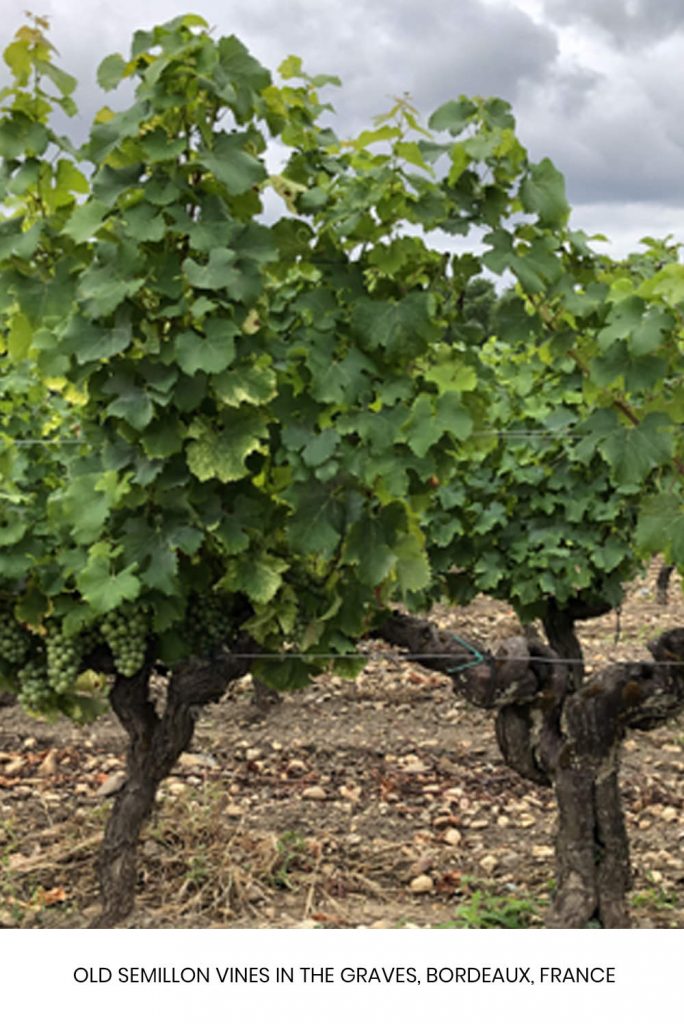
Yet again, there are many different ways in which vineyards are kept. In coastal regions in Italy or at Mount Etna, vines grow like individual bushes called “alberello” – little tree. In our Colline Novaresi, local architect Antonelli developed a system called “Maggiorina”, whereby up to 14 vines are interlaced in what looks like a single tree. The ends of the vines are connected to fine strings attached to poles, which are planted in the ground. Thus the vines almost look like a curious parasol. The benefits of this system are that the leaves protect the grapes from hail, and that the mix of grape varieties ensures that there are always some grapes that manage to ripen. The most impressive decorative effect can be reached with a similar system named “Bellussina”. In the North East of Italy, the “pergola” prevails, in other regions the “cordone speronato”. Most common nowadays is the pattern known as “guyot”, which allows agricultural machines better access. A French innovation, and again a sign of standardisation!
Why do French grapes and techniques often drive international standardisation? Not only the quality of wines, but history, of course, has an important role. Aquitaine, the region around Bordeaux, came under the control of the English Crown in 1152, for about 4 centuries. By marriage, not by war. The English Crown gave the winemakers of the region a number of trade benefits and privileges and thus they became the most referenced in Britain – a large market without local production. Bordeaux wines then were not highly considered for their quality. The flourishing wine trade towards Britain, Ireland and Holland, and from there Northern Europe, was due to geographical and political convenience. In fact, Bordeaux wines were far less valued than the wines from Burgundy and the Rhone Valley. After Aquitaine came under the French Crown and when one of the many wars between France and England broke out, the British and Dutch merchants were cut off from their main sources in Bordeaux. They travelled to Portugal and Spain instead and those rather deep red wines were well accepted on the market. The Bordeaux traders, well-established in the British capital, understood the challenge and began transforming their export from “claret”, light red, almost rosé wines, to the “vin noir”, the less refined “black wines”, which were locally enjoyed by the commoners. In addition, Dutch craftsmen were charged with draining the swampy estuary of the Garonne River, creating dry lands in the area known as Médoc, opening up new land in ideal conditions for viticulture. The use of gunpowder to seal oak barrels allowed for long term storage and transport without loss of product. Not only that, the toasted and sealed oak casks released their aromas and tannins into the wines, adding unique notes of caramel, toast, coffee and wood. When the trade embargo was lifted, Bordeaux’s merchants gained market shares with their innovative, strong wines, which has since set the bar for any ambitious winemaker in the world. It became a big business and investment opportunity. A system of “classification” of wines was established in 1855, enhancing the fame of certain wines and their producers, and with it pricing and financial benefits. In turn, this brought about clearer rules on how wine “must be”, more research and development, better marketing and sales strategies. In other words, standards for the definition of “good wines” were set.
In 1863, an insect named phylloxera was unknowingly carried across the Atlantic from North America and almost provoked the end of viticulture in Europe. It attacked the vines, their roots and leaves and they withered. North American vines were resistant to the insect’s effects, and despite trying many different methods, only by grafting native American rootstocks onto European varieties could the vineyards of the Old World be reconstituted. It took more than two decades of grafting to take root from the first experiments to widespread plantings. So, with very few exceptions, e.g. in Argentina, Chile and Southern Italy, most vines in the world are now the result of grafting from American roots. The fact that the first successfully grafted phylloxera-resistant vines were obtained in France, resulted in French vines being adopted around the world to save viticulture. Along with them came agricultural and oenological techniques. In a way, the French saved the world of winemaking and hence set the global standards, not only for “good wines”, but for “wine” in general.
From history, Bordeaux’s vintners had learnt that their product needed to remain consistent, qualitatively reliable and identifiable to yield a premium price. Science came into play to ensure CONSISTENCY.
